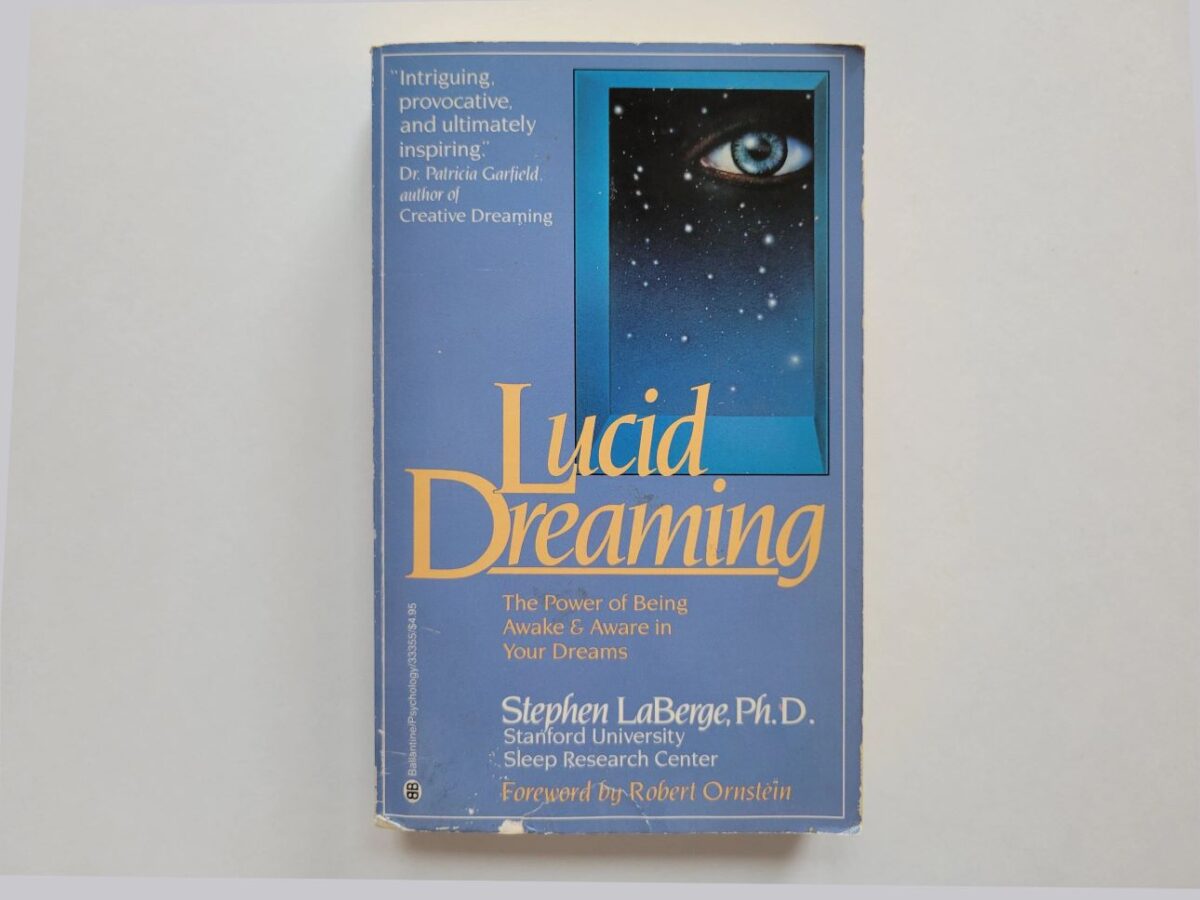Saturday, 4:20pm Many who have gotten results will be left with the feeling that their sensations were not as realistic as promised. This is a result of insufficient awareness of how to deepen out-of-body experience. Many will also have problems with the duration of their experience – it will be too brief. The solution lies in techniques for maintaining out-of-body experience.
Deepening via Sensory Amplification The more a practitioner intensifies his sensations in out-of-body experience, the deeper and more vivid his experience there will be. One should therefore quickly and intensively touch and palpate everything while carrying out one’s plan of action, including one’s own body. To sharpen your vision, you need to briefly focus on the minute details of objects at a close distance of 2 to 6 inches. You might scrutinize the lines on your hands, the pattern of your wallpaper, etc. As soon as you can see an object sharply, switch your focus to another one. This is the simplest way to make sensations in out-of-body experience realistic. It’s extremely important to deepen each time one is in out-of-body experience. Deepening allows one to not only intensify sensations, but also to become fully aware, which is especially important in becoming conscious while dreaming.
Resisting a Return to the Body As soon as a practitioner starts to feel that his sensations are on the wane and that he’ll soon turn up in his physical body, he should resort to sensory amplification as is described in the paragraph on deepening above. Sensory amplification can also be performed throughout one’s entire stay in out-of-body experience.
Resisting Falling Asleep To avoid falling asleep in out-of-body experience, you’ll need to always be cognizant that falling asleep is a real possibility and pay close attention how you act, trying not to deviate from your predetermined plan of action. It’s also important to be an observer and not get caught up in scenes that you’ll encounter along the way, as they’ll often cause you to lose control and subsequently fall back asleep.
Resisting False Awakenings It will often seem to the practitioner that out-of-body experience has ended when what actually happened was a false return to the body (a foul). In order to take advantage of such occurrences, do reality checks after each return to the body. The easiest but by no means foolproof reality check is to pinch your nose and try to breathe out through it. If you’re able to do so, that means you’re in out-of-body experience. An even better way is to scrutinize a small point on something from a distance of 2 to 6 inches for 10 to 15 seconds. If you’re in waking life everything will remain stable, but if you’re in out-of-body experience something will start happening either to the point you’re staring at or the space around it. Something also might start going on with your sensory perceptions.
Rules for Maintaining Rule number one: be active. You need to always be doing something in out-of-body experience. Stand in place and out-of-body experience will practically always end in a few seconds. Rule number two: you should always have a predetermined plan of action comprising at least two interesting actions. Adhering to this rule will substantially prolong your phase and allow you to continually develop. Rule number three: make a mandatory attempt at secondary separation upon returning to your body from out-of-body experience. Students should realize that an average phase experience consists not of a single entry and exit from the state, but of multiple ones. If you are unable to simply separate, you’ll need to use technique cycling as is done upon awakening. Even if that doesn’t work, you should still do a reality check, since you might still be in out-of-body experience after all.
Translocation and Finding Objects in out-of-body experience Some newly-practicing students might wonder how to translocate in out-of-body experience and find objects in it. The easiest and quickest way to translocate is to concentrate on the thought that you will separate and find yourself immediately in the place you need to be. You may also think to yourself that the object you need will be next to you, like a person for example. Upon separation, that person will be right there. You can use the door method: go up to a closed door and concentrate on the desire to see the place or person you need behind it. You can also simply close your eyes and concentrate on the place or person you need. You’ll then feel a sensation of flight and find yourself thrown into the desired location or brought to the man or woman you’re looking for.
Creating Vision in out-of-body experience In out-of-body experience, vision is usually there right from the start. If it isn’t, it should arise during the process of deepening/palpation. If deepening/palpation does not create vision, then you’ll need to bring your hands or any other object up close to your eyes and try to scrutinize without opening your eyes – as if you were in a pitch black room. Your vision will usually come to you right then and there.









